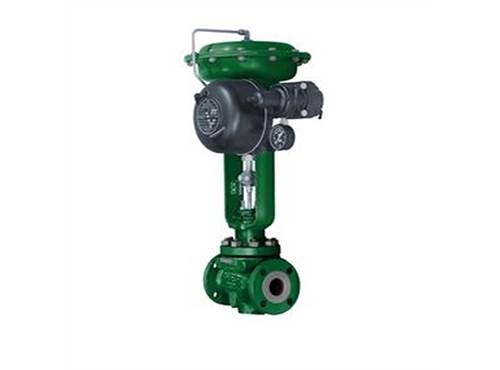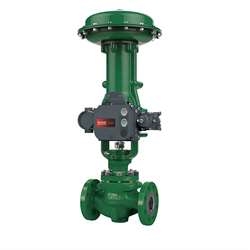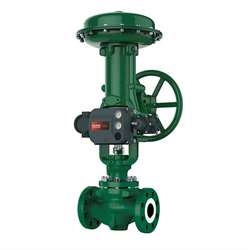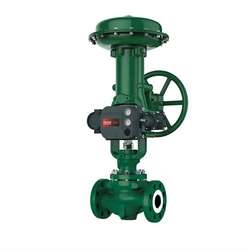Fisher 546 Electro Pneumatic Transducer
Fisher® 546
Fisher® 546 transducers receives a direct-current input signal and use a torque motor, nozzle-flapper, and pneumatic relay to convert the signal to a proportional pneumatic output signal. Nozzle pressure, which operates the relay, is also piped to the torque motor feedback bellows. This provides a comparison between input signal and nozzle pressure and corrects errors in nozzle pressure.
- Vibration Resistance—High natural frequency of torque motor moving parts results in negligible vibration influence. Also meets typical seismic requirements for nuclear service.
- Easy Adjustment—Screwdriver adjustments for span and zero are conveniently located and have arrows indicating rotation to increase settings.
- Field-Reversible Action—No additional parts required to reverse action of 546 or 546NS; 546S versions cannot be reversed in the field but can be purchased either direct or reverse acting.
- Simple Relay Removal—Integrated pneumatic relay is mounted outside case and can be removed without disturbing electrical or pressure connections or impairing explosion safety.













